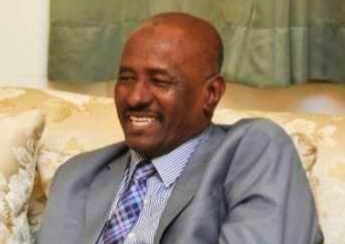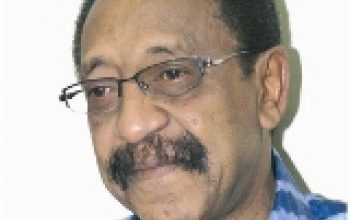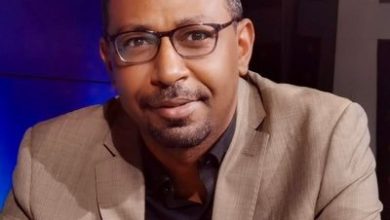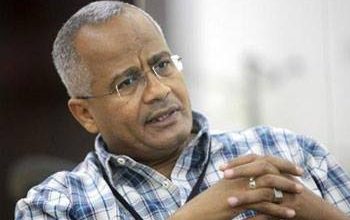Opinion
Lebanon: Dignity and the Stubborn People (2-2)

Hatim Hassan Bakhit
6
The star of Hassan Nasrallah began to rise as he took on a significant role in the organizational and military structure of the new organization, which initiated battles against the Israeli army in southern Lebanon in 1982, leading to its withdrawal and allowing Hezbollah to continue building its political framework. In 1985, Hezbollah announced its ideological program through what became known as the “Open Letter,” which included its methodological commitments and political positions. Hezbollah declared that it was an extension of the Iranian Revolution and that it believed in the singular authority of the jurist, as proposed and established by Imam Khomeini, alongside advocating for comprehensive Islamic unity among all Muslims regardless of their sects. The party positioned itself as anti-Zionist, anti-imperialist, and opposed to the West, committing itself to armed struggle for the liberation of Palestine and support for Palestinian resistance. The “Open Letter” of 1985 officially marked the actual beginning of Hezbollah’s presence in the Lebanese political arena, announcing the formation of a comprehensive political framework under the name “Loyalty to the Resistance Bloc,” which became a parliamentary bloc that commanded significant attention and influence within Lebanese society.
7//
Hezbollah established a tight organizational structure led by a Shura Council consisting of seven individuals responsible for five councils: the Jihad Council, the Political Council, the Parliamentary Council, the Economic Council, and the Executive Council. Following the establishment of this organizational structure, Hassan Nasrallah left Lebanon for Iran to complete his studies in Qom, returning in 1989, where he was announced in Iran as the representative of Imam Khomeini in Lebanon.
8//
Despite showcasing his intellectual, religious, political, organizational, and persuasive capabilities, Hassan Nasrallah did not assume the position of Secretary-General until after the assassination of the previous Secretary-General, Abbas al-Mousawi, by Israel. Following the resignation of the former Secretary-General Subhi al-Tufayli, Nasrallah became the third Secretary-General since Hezbollah’s founding. Nasrallah was born in southern Lebanon in 1960 and studied his primary education in his village of Bazourieh in southern Lebanon before moving between Beirut, Baalbek, Najaf in Iraq, and Qom in Iran to continue his studies. Although Hezbollah relies on the ideological and political framework outlined in the “Open Letter,” which was sanctioned by the party’s organizational apparatus in 1985, the party updated its framework with a second letter in 2009 known as the “Political Document,” which did not mention the concept of the jurisdiction of the jurist or Iran. However, this update transformed the name of Hezbollah into a larger organizational, political, and jihadi framework called “Islamic Resistance Forces,” rather than the term Hezbollah. Yet, the name Hezbollah remains the dominant media label to align with its representatives in the Lebanese Parliament, the “Loyalty to the Resistance Bloc.”
9//
Hassan Nasrallah is the second Secretary-General assassinated by Israel after the second Secretary-General of the Resistance Movement, Abbas Mousawi, who was killed along with his wife and their five-year-old son. Nevertheless, the Islamic Resistance triumphed over the Israeli army and expelled it from Lebanon in the wars of 2000 and 2006, the latter lasting 33 days, after which the Israeli army withdrew in disgrace. Therefore, despite the severe losses of Islamic Resistance leadership, the resistance will prevail, and Israel, with all its military might, will not be able to maintain its presence in southern Lebanon, regardless of the current extensive ground invasion that has failed to advance far beyond the borders or to move away from its supply lines while approaching border villages deep in the rugged Lebanese territories. This experience is evident in the defeat of the Israeli army in the wars of 2000 and 2006.
10//
While the Islamic Resistance Movement was established as a result of the Israeli invasion of Beirut in 1982, it has become a formidable adversary that the enemy has found no means to defeat. Consequently, Israel resorted to the destruction of infrastructure and the killing of civilians. The journey of the Islamic Resistance since its inception has successfully established itself as a model of pride and emulation, demonstrating that the path of resistance is the only way for targeted peoples to achieve victory against oppression and aggression at all times and places.
11//
The Israeli enemy, along with its supporters and Arab skeptics of the Islamic Resistance, expected that the assassination of Hassan Nasrallah and some of his comrades in the Jihad Council during their meeting in an underground building in Haret Hreik in the southern suburbs, after 73 tons of penetrating bombs were dropped on them by Israeli aircraft, would lead to the Islamic Resistance being without a head, having lost leadership and control, and that it would no longer be referred to as the Islamic Resistance. However, all observers expecting the collapse of the Islamic Resistance were surprised that it absorbed the first blow with astonishing speed and returned to its previous effectiveness, striking deep into Israeli territory with rockets and drones, even reaching Netanyahu’s home, where luck was on his side as he was not home at the moment the drone attacked.
The ongoing successes of the Islamic Resistance in repelling the incursions of the Israeli army and its continued bombardment of deep Israeli territory, including Tel Aviv, with increasing missile ranges, confirms that the party has not lost its ability to maintain control and communication after the martyrdom of its Secretary-General Hassan Nasrallah and its leaders in the Jihad Council. The resistance operates under a precise replacement system whereby whenever one of its leaders is martyred, it has multiple qualified and trained alternatives to ensure its continued capabilities in defending against oppression and aggression, with its motto being, “O pride of the wound, if we were to die, the graves would fight.”



